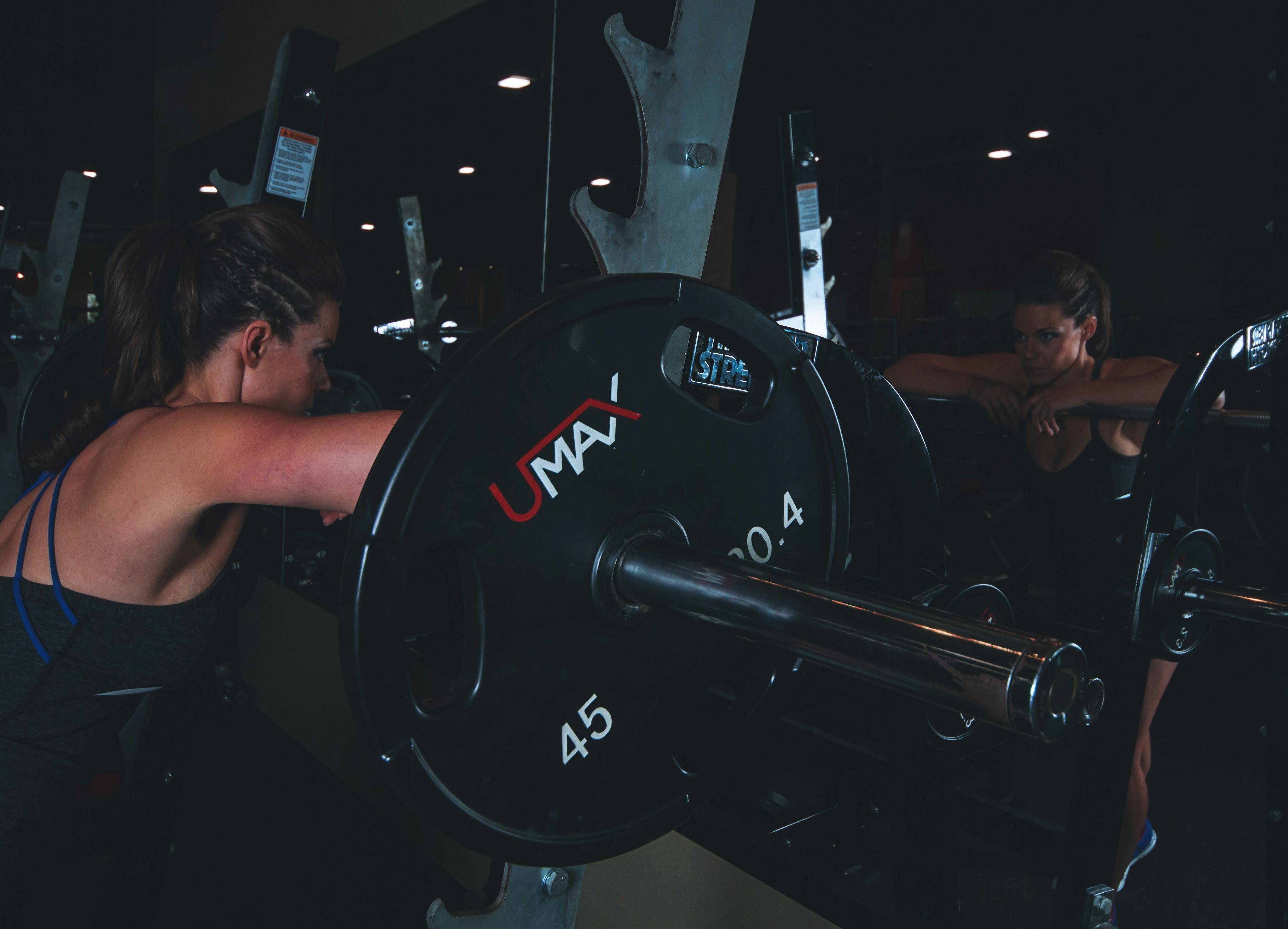The Art of Effective Stretching: Unlock Your Flexibility and Performance
By Jack |
Stretching is a fundamental aspect of fitness that involves elongating muscles to improve their elasticity and tone. Its relevance cannot be overstated—whether you’re a seasoned athlete or just beginning your fitness journey, incorporating effective stretching into your routine can lead to substantial gains. There are various forms of stretching, including static, dynamic, and PNF (proprioceptive neuromuscular facilitation), each with its unique benefits.
One of the primary reasons gym-goers should prioritize stretching is its ability to enhance flexibility. Improved flexibility allows for greater range of motion during exercises, which can lead to better performance and reduced injury risk. For instance, tight hamstrings can limit your form in squats, thereby hindering your progress. Regular stretching will help mitigate such issues and enhance your ability to get the most out of each workout.
To incorporate effective stretching techniques into your routine, consider the following practical tips:
- Include a Warm-Up: Before jumping into your stretching routine, warm up your body with light activity such as brisk walking or light jogging for about 5-10 minutes. This increases blood flow to your muscles and prepares them for elongation.
- Dynamic Stretching Pre-Workout: Engage in dynamic stretching before your workout to prepare your muscles for the movements they’ll perform. This may involve leg swings, arm circles, or walking lunges, which can activate and elongate your muscles simultaneously.
- Static Stretching Post-Workout: After exercising, incorporate static stretches, holding each stretch for approximately 15-30 seconds. This type of stretching helps in restoring your muscles to their normal length and alleviates any tightness caused by your workout.
Despite the evident benefits, many people harbor misconceptions about stretching. One common myth is that you should stretch before warming up. Stretching cold muscles can lead to injury, as the muscles are not prepared for the stress of elongation. Additionally, some may believe that stretching will drastically improve muscle strength—while it contributes to flexibility and injury prevention, it should be paired with strength training for optimal gains.
Many gym-goers also struggle to adhere to a stretching routine due to time constraints or a lack of knowledge about effective techniques. An excellent approach is to start small; even a 5-minute dedicated stretching session at the end of your workout can yield significant benefits over time. You might also experiment with stretching classes, such as yoga or Pilates, which can provide guided instruction tailored to promoting flexibility.
Anecdotally, countless athletes and fitness enthusiasts have shared their transformation stories tied to improved stretching routines. For example, a fellow gym-goer struggled with chronic lower back pain affecting her squats. After a few dedicated weeks of incorporating both dynamic warm-ups and static stretches post-workout, she noticed a marked improvement. Not only did her flexibility enhance, but she also experienced significant pain alleviation and could pursue heavier lifts without discomfort.
Effective stretching is a vital yet often overlooked component of any fitness regime. By understanding its impact on flexibility and performance, incorporating targeted techniques, and debunking common myths, you can enrich your gym experience. Remember, the journey to improved flexibility begins with small, intentional steps. So, take a moment after your next workout to stretch it out—you'll be grateful for the long-term benefits!

Jack
Jack is a dedicated personal trainer with a passion for helping clients reach their fitness goals. With a focus on personalized training plans, Jack combines strength training, cardio, and nutrition guidance to ensure lasting results. His motivating and supportive approach makes fitness accessible for everyone, from beginners to seasoned athletes. Whether you're looking to build muscle, lose weight, or improve overall health, Jack is committed to guiding you every step of the way.
